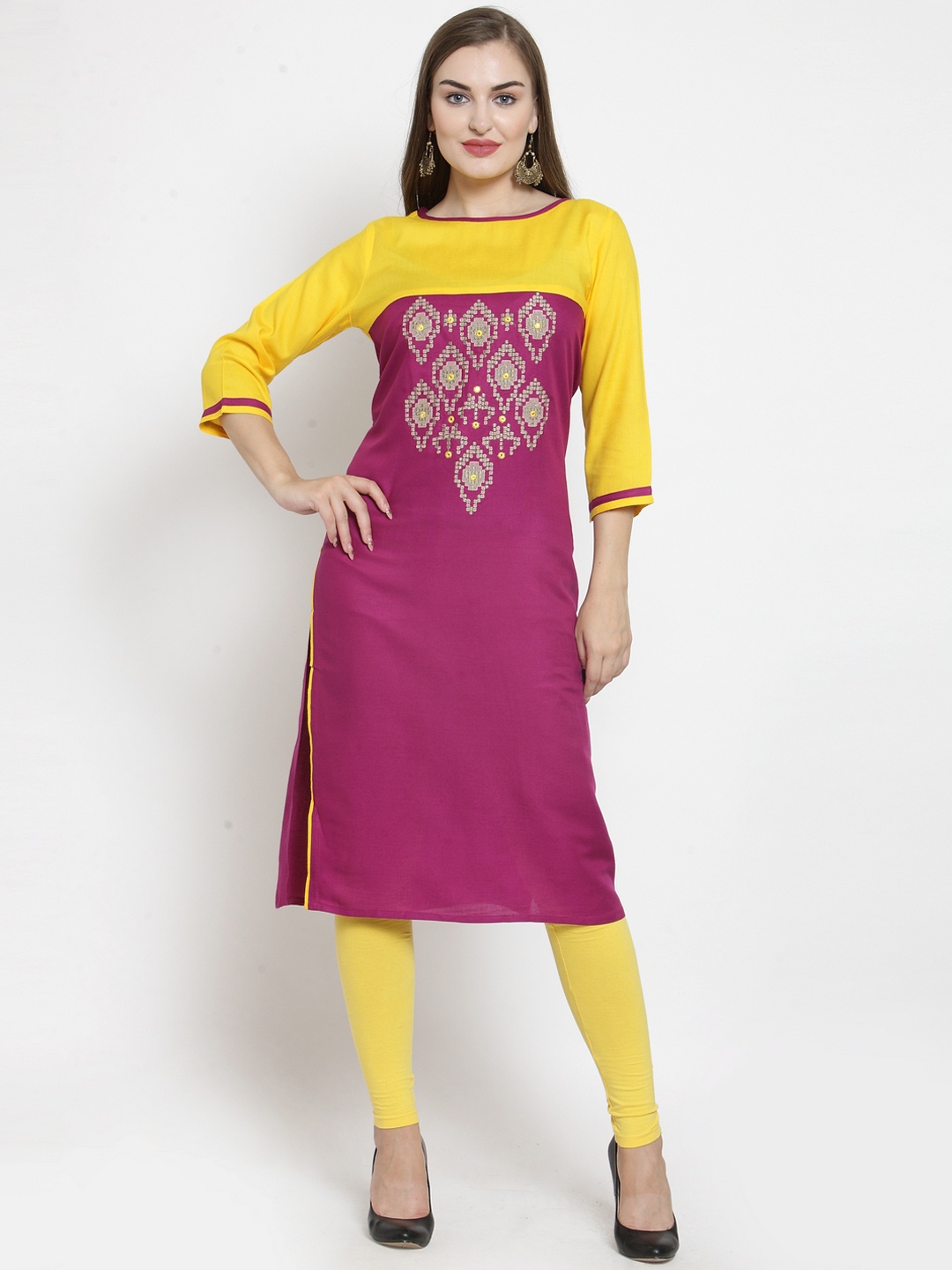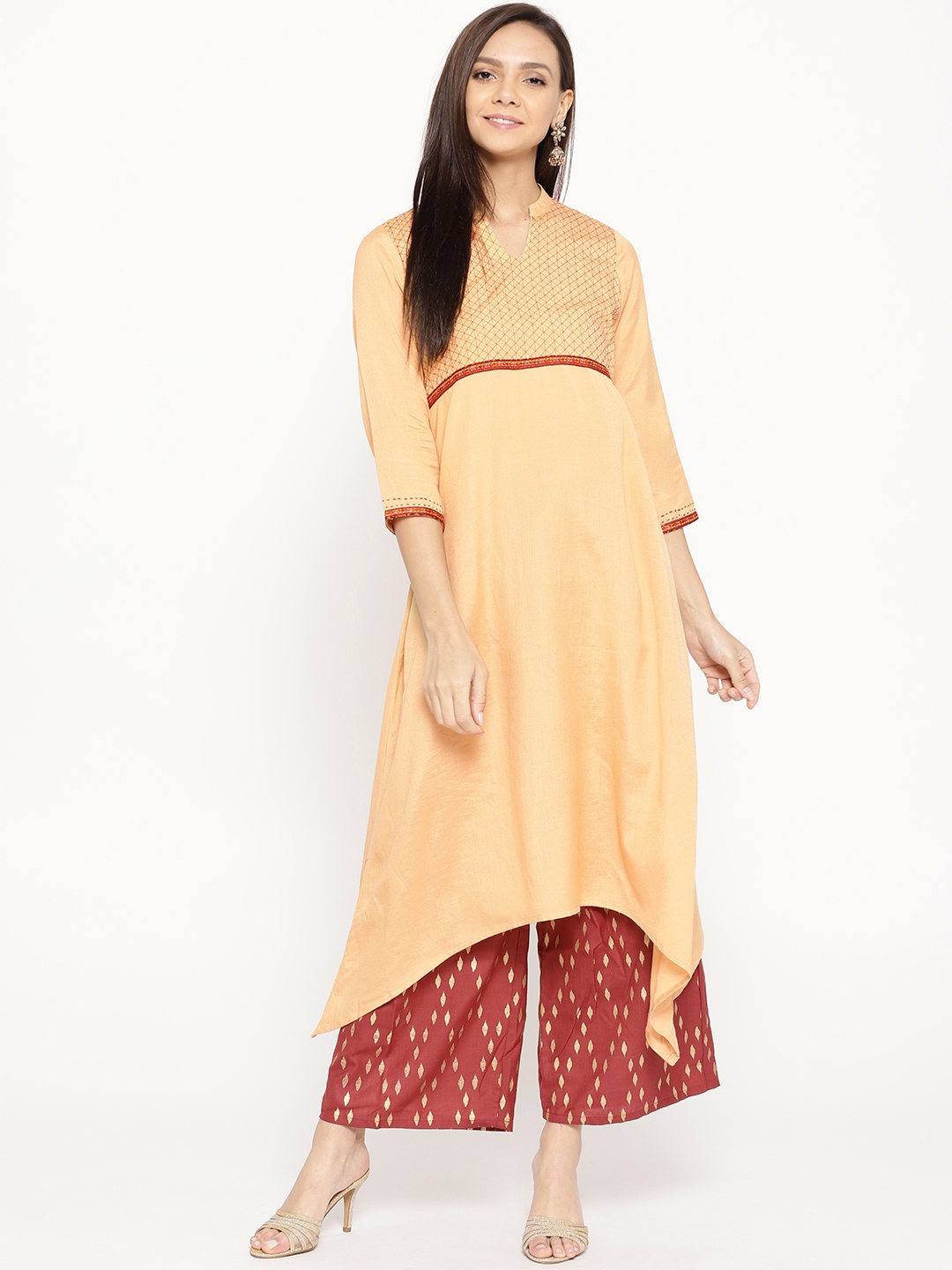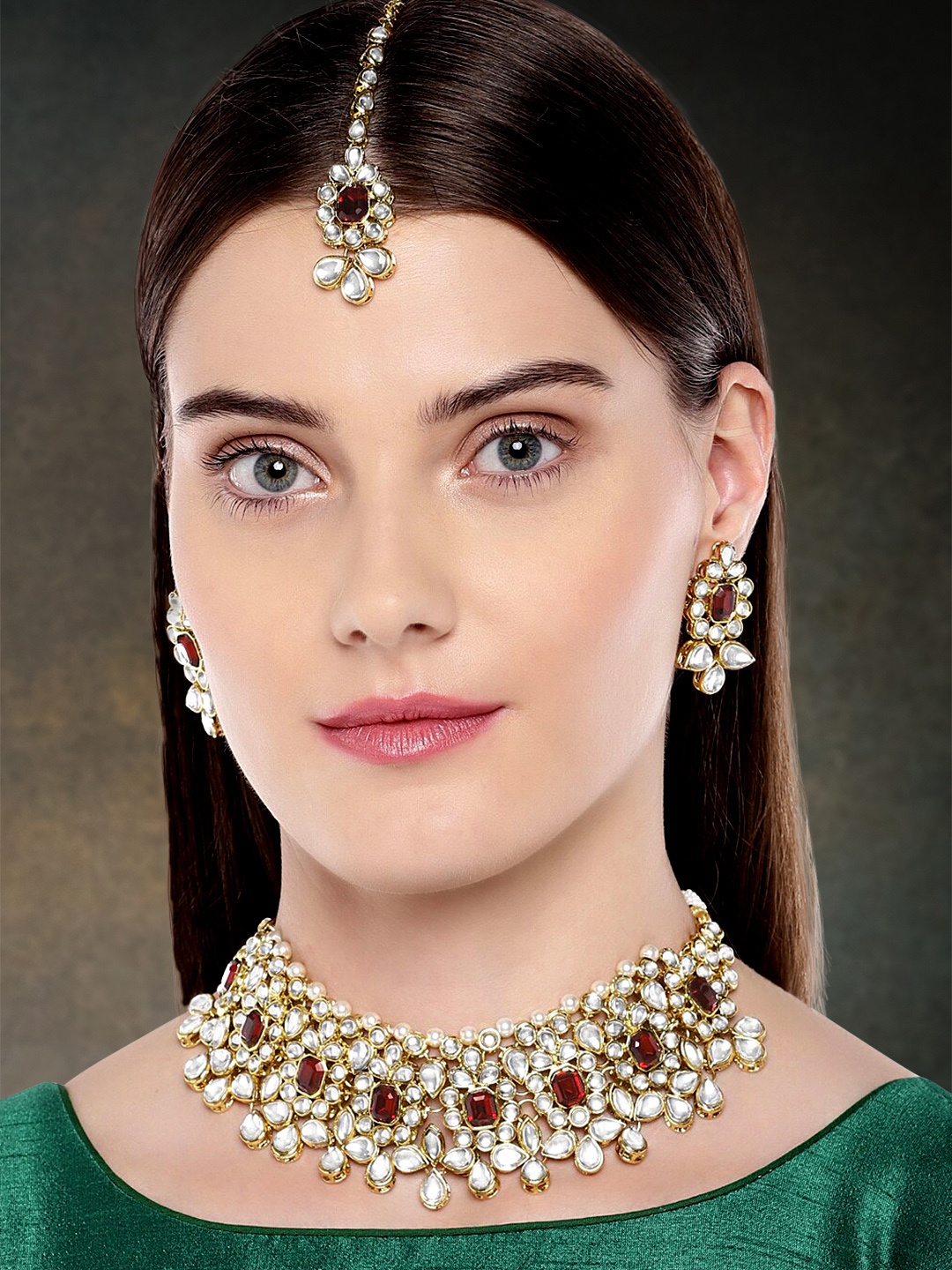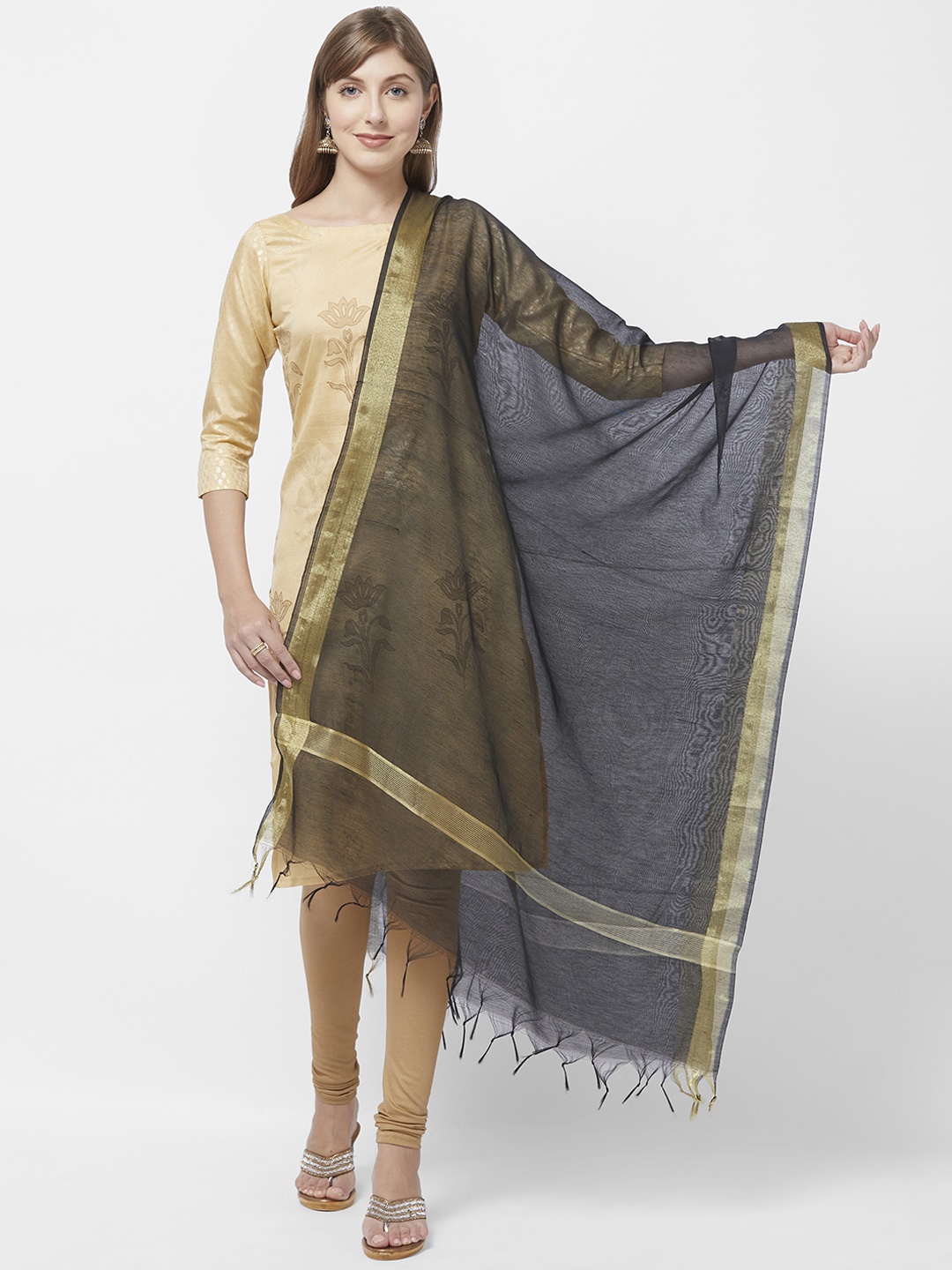Why Do We Tie Silver Rakhi To Our Brothers? Here Is Everything You Need To Know
Explore the cultural, spiritual, and symbolic reasons behind the tradition of tying a silver rakhi to brothers during Raksha Bandhan. Learn how this sacred metal can add meaning, protection, and longevity to the sibling bond.

Tying a silver rakhi symbolically represents a shield against negative energies and misfortune.
Raksha Bandhan, one of India's most cherished festivals, celebrates the bond between brothers and sisters. Traditionally, sisters tie a rakhi, a decorative thread, around their brothers' wrists, symbolising the promise of love, protection, and lifelong commitment. While rakhis come in myriad forms, the silver rakhi has emerged as a popular and meaningful choice in recent years. But what makes silver so special in this context? This article explores the cultural, spiritual, and practical reasons behind the growing tradition of tying silver rakhi to brothers.

Raksha Bandhan celebrates the bond between brothers and sisters.
Photo Credit: Pexels
Why Do We Tie Silver Rakhi To Our Brothers? Here Is Everything You Need To Know
A Symbol Rooted In Tradition
Silver has long held a revered place in Indian culture. It is considered a sacred metal, often used in religious rituals, temple artefacts, and auspicious gifts. In Hinduism, silver is associated with the Moon, which represents calmness, emotional balance, and purity. Tying a silver rakhi is thus seen as a way to invoke these qualities in the brother's life.
Also Read: 5 Easy Tips On How To Match Rakhi Outfit With Your Brother
Moreover, silver is believed to possess protective properties. It is commonly used in amulets and jewellery worn for spiritual safeguarding. By tying a silver rakhi, sisters symbolically offer their brothers a shield against negative energies and misfortune
Spiritual Significance and Blessings
The silver rakhi is not just a piece of jewellery; it is a spiritual token. Many silver rakhis incorporate sacred symbols such as Om, Swastika, Trishul, or Rudraksha beads, each carrying its spiritual message. For instance, Rudraksha beads are linked to Lord Shiva and are believed to promote inner peace and protection. When embedded in silver, these elements amplify the rakhi's spiritual potency.
In this way, the silver rakhi becomes more than a festive accessory. It transforms into a talisman of blessings, embodying the sister's heartfelt prayers for her brother's health, success, and happiness.
Durability And Keepsake Value
Unlike traditional beaded thread rakhis, whose thread may fray or beads may discolour after the festival, silver rakhis are durable and long-lasting. Crafted from 925 sterling silver, these rakhis retain their shine and strength over time and when woven in red auspicious thread. Many brothers choose to wear them year-round or preserve them as keepsakes, making the rakhi a lasting reminder of sibling love.
This durability also aligns with the emotional permanence of the sibling bond. Just as the relationship endures through life's ups and downs, the silver rakhi stands as a tangible symbol of that enduring connection.

Rakkhi symbolises a promise of love, protection, and lifelong commitment between siblings
Photo Credit: Pexels
Health And Wellness Benefits
As per the National Institute of Health, silver is known for its antibacterial and anti-inflammatory properties. In Ayurveda and traditional medicine, silver is believed to help regulate body temperature, improve circulation, and boost immunity. While the health benefits of wearing a silver rakhi may be a slight reach, the gesture reflects a sister's wish for her brother's overall well-being.
Additionally, silver is hypoallergenic, making it a safe choice for sensitive skin. This practical aspect adds to its appeal, especially in an era where thoughtful and sustainable gifting is gaining prominence.
Eco-Friendly And Ethical Choice
In contrast to synthetic rakhis made from plastic or non-biodegradable materials, silver rakhis offer an eco-friendly alternative. They do not contribute to post-festival waste and can be reused or repurposed. As environmental consciousness grows, many families are opting for silver rakhis as a sustainable and ethical choice.
Personalisation And Modern Appeal
Silver rakhis today come in a variety of designs, from minimalist styles to ornate pieces featuring gemstones or engraved initials. This versatility allows sisters to choose a rakhi that reflects their brother's personality, whether he is traditional, spiritual, or fashion-forward.
Brands like Gargi by PN Gadgil and Sons even offer silver rakhis for all age groups, adding a unique touch to the gift. Want an Angry Birds-inspired rakhi for the youngest cousin or a rakhi with a swastika? Gargi by PN Gadgil has them all. This blend of tradition and modernity makes silver rakhis especially appealing to younger generations.
A Thread That Transcends Time
The act of tying a rakhi is deeply symbolic, representing love, protection, and lifelong commitment. Choosing a silver rakhi elevates this gesture, infusing it with cultural depth, spiritual meaning, and lasting value. It is not merely a festive adornment but a heartfelt expression of sibling love, pure, enduring, and radiant like the metal itself.
As Raksha Bandhan continues to evolve, the silver rakhi stands out as a beautiful convergence of tradition and modern sensibility. It is a thread that binds not just wrists, but hearts, across time, distance, and generations. and the tradition of buying Rakhis has also evolved over time, with multiple options available online. Explore them here.
Frequently Asked Questions (FAQs)
1. What is the significance of tying a silver rakhi instead of a traditional thread?
Silver rakhis are believed to offer spiritual protection, emotional balance, and long-lasting symbolism, making them more than just decorative threads.
2. Is silver considered auspicious in Hindu traditions?
Yes, silver is associated with purity, the Moon, and divine blessings in Hinduism. It is often used in rituals and sacred objects.
3. Can silver rakhis be worn after Raksha Bandhan?
Absolutely. Many silver rakhis are designed as bracelets or amulets, allowing brothers to wear them year-round as a symbol of their sister's love.
4. Are there health benefits to wearing silver jewellery like rakhis?
Silver is known for its antimicrobial and cooling properties. While not a medical treatment, it is traditionally believed to support wellness.
5. How can I personalise a silver rakhi for my brother?
Many jewellers offer custom engraving, initials, or symbolic motifs like Om, Swastika, or Rudraksha to make the rakhi more meaningful.

























